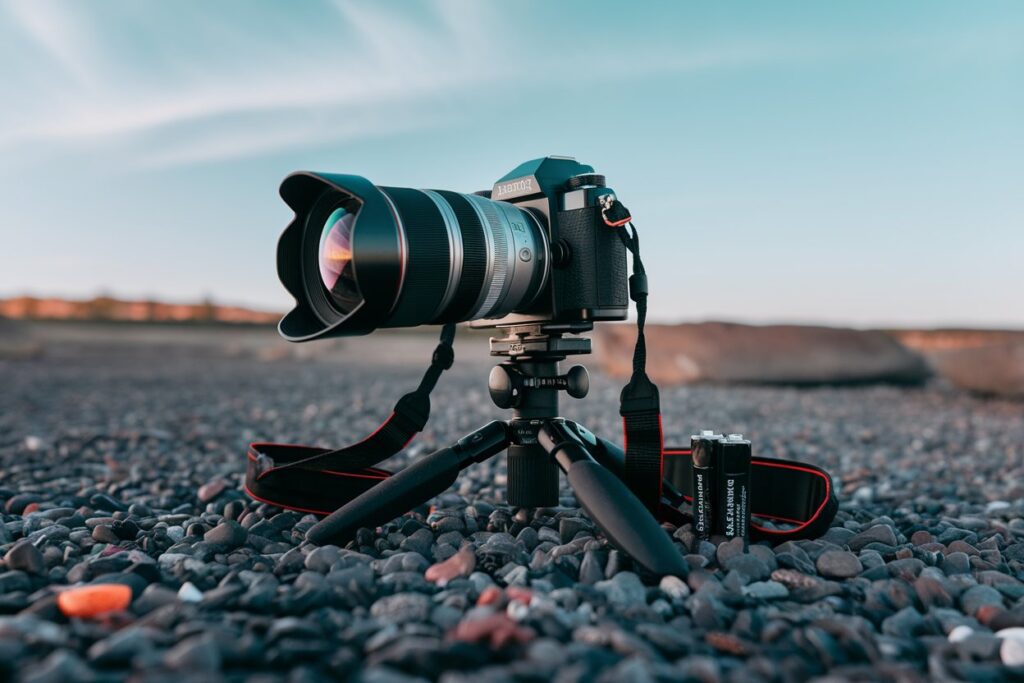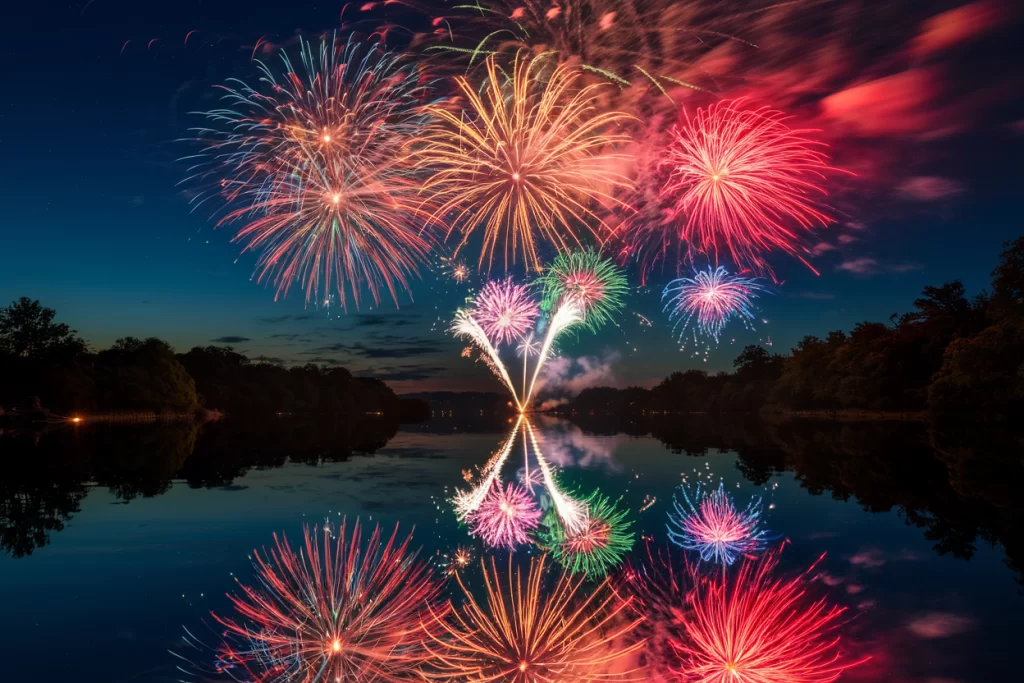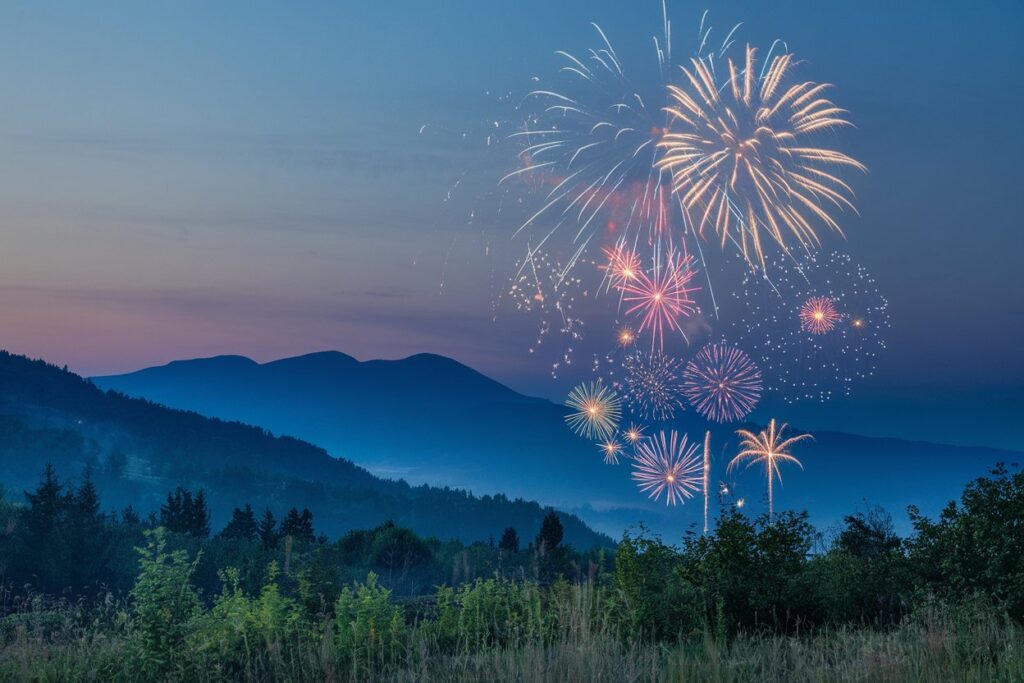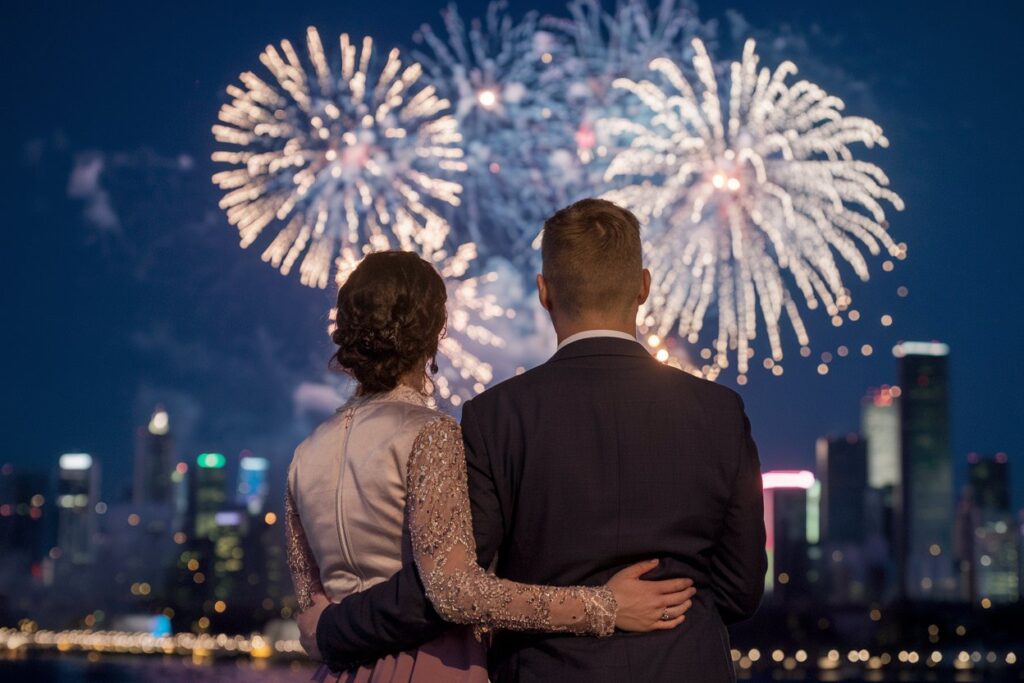Capturing Fireworks: Tips and Tricks
Fireworks photography is a magical way to preserve the brilliance of celebrations, festivals, and special events. While fireworks are fleeting, capturing their vivid colors and dynamic patterns requires planning, technique, and the right equipment. This guide dives deep into the art of fireworks photography, equipping you with everything you need to turn dazzling displays into unforgettable images.
1. Preparation: Setting Yourself Up for Success
Scout the Location
- Arrive Early: Secure a good vantage point before the crowd gathers.
- Find a Unique Perspective: Consider water reflections, cityscapes, or iconic landmarks as part of your composition.
- Avoid Obstructions: Ensure there are no trees, buildings, or other obstacles blocking your view.
Understand the Event
- Research the show’s schedule, duration, and firing points.
- Check if it’s a coordinated display with music, as this can influence timing.
Pack the Right Gear
To capture fireworks effectively, bring:
- Camera: A DSLR or mirrorless camera with manual settings is ideal.
- Lens: Use a wide-angle lens for landscape shots or a telephoto lens to focus on details.
- Tripod: A sturdy tripod is essential for long exposures.
- Remote Shutter Release: Reduces vibrations and allows precise timing.
- Memory Cards and Batteries: Always carry extras for uninterrupted shooting.

2. Camera Settings for Stunning Shots
Shooting in Manual Mode
Fireworks are unpredictable, and manual control gives you the flexibility to adapt.
- ISO: Keep it low (ISO 100-200) to reduce noise and maintain image clarity.
- Aperture: Start with f/8 to f/11 for sharp images and balanced exposure.
- Shutter Speed: Use long exposures (2-10 seconds) to capture the trails and explosions.
Focus
- Manual Focus: Autofocus often struggles in low light, so pre-focus on a point in the sky or an object at infinity.
- Live View: Use it to fine-tune your focus, ensuring crisp results.
White Balance
- Set white balance to “Daylight” or “Tungsten” to preserve the natural colors of the fireworks.
- For added creativity, experiment with custom white balance settings.
3. Composition Techniques for Fireworks Photography
Rule of Thirds
Position the fireworks off-center for a more dynamic image. Use landmarks or crowd silhouettes to balance the frame.
Include Foreground Interest
Incorporate elements like:
- Reflections in water.
- Buildings or monuments for context.
- Silhouetted spectators for storytelling.
Frame the Scene
- Use trees, arches, or bridges to naturally frame your shot.
- This adds depth and draws the viewer’s eye to the fireworks.
Leave Room for Expansion
Fireworks explode outward, so ensure there’s space at the top of your frame for the full display.

4. Timing is Everything
Anticipate the Burst
- Listen for the launch sound and watch the trail. Fireworks usually explode 3-4 seconds after being fired.
- Start your exposure just before the burst for complete trails.
Capture Multiple Bursts
- Use long exposures to capture several fireworks in one frame.
- Limit overlapping bursts to avoid overexposing the image.
5. Advanced Techniques to Elevate Your Shots
Bulb Mode for Control
- Bulb mode allows you to hold the shutter open for as long as needed.
- Use it to capture bursts of varying lengths or to layer multiple fireworks in a single exposure.
Use a Black Card
- Cover the lens with a black card during pauses between bursts to prevent overexposure.
- Remove the card only when new fireworks launch.
Zoom Burst Effect
- During a long exposure, zoom in or out to create a dynamic effect with trails.

6. Overcoming Challenges in Fireworks Photography
Dealing with Smoke
- Shoot early in the show before the smoke becomes overwhelming.
- Change angles if smoke begins to obscure your view.
Avoid Camera Shake
- Use a sturdy tripod and avoid touching the camera during exposure.
- Combine with a remote shutter or self-timer for stability.
Crowd Management
- Position yourself above the crowd if possible, or use a higher vantage point to minimize distractions in the foreground.
7. Post-Processing: Polishing Your Images
Basic Adjustments
- Crop and Straighten: Refine the composition if needed.
- Enhance Contrast: Highlight the vivid colors against the dark sky.
- Noise Reduction: Apply lightly to maintain details.
Advanced Editing
- Layer multiple shots for a composite image of bursts.
- Adjust saturation and vibrance to emphasize the colors without overdoing it.
Exporting for Sharing
- Optimize file size and resolution for social media or print.
- Watermark your photos if sharing online.

8. Bonus Tips for Fireworks Photography
Experiment with Settings
- Test different shutter speeds, apertures, and ISO settings to discover your style.
Don’t Forget People
- Capture the audience’s reactions to add emotion and context to your shots.
Be Patient
- Fireworks photography requires practice and persistence. Not every shot will be perfect, but the experience is worth it!
Fireworks photography combines technical precision with creative flair, offering endless opportunities to capture the magic of celebrations. With the right preparation, timing, and techniques, you’ll create stunning images that preserve the wonder of every spark and burst.


